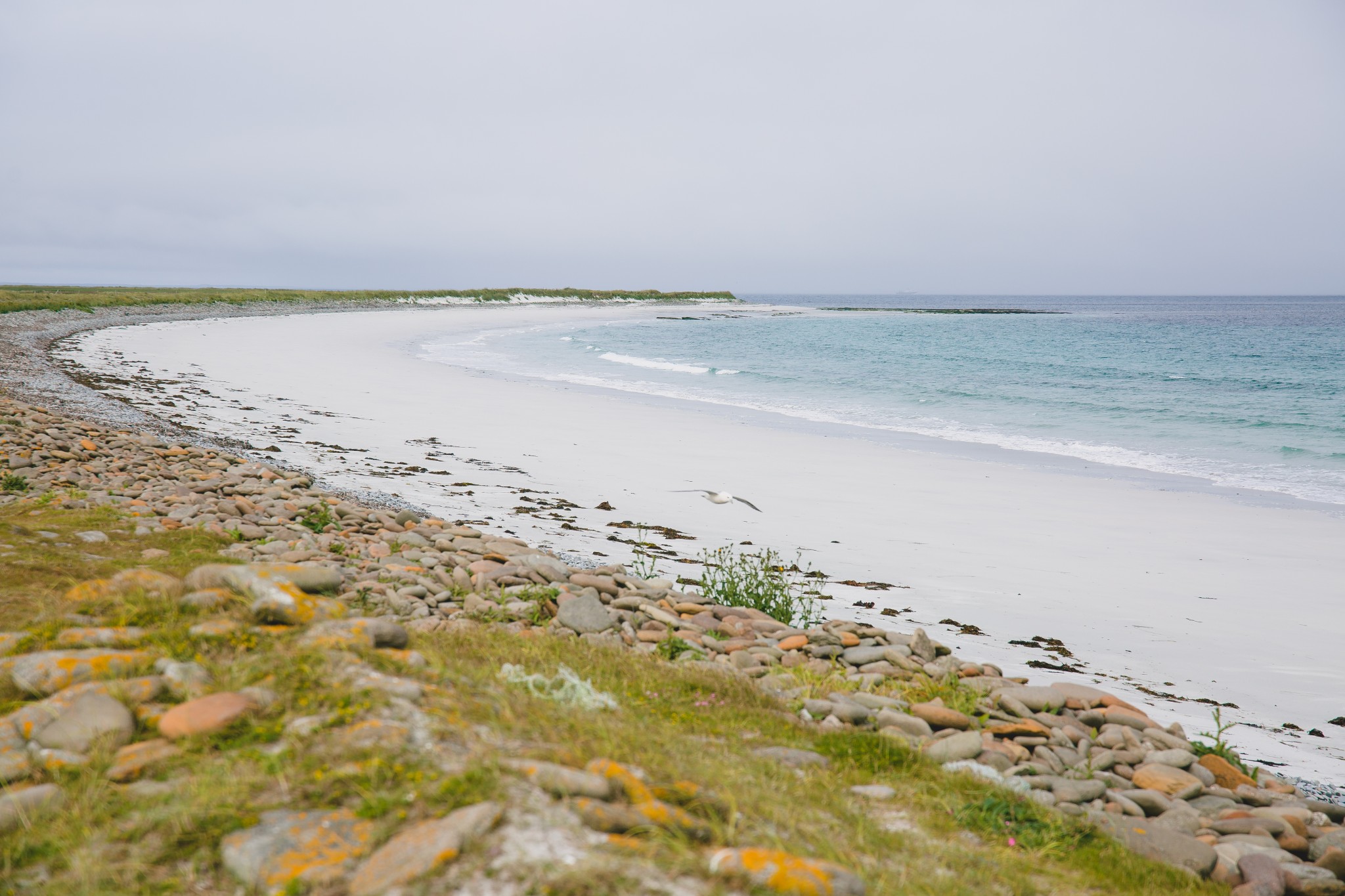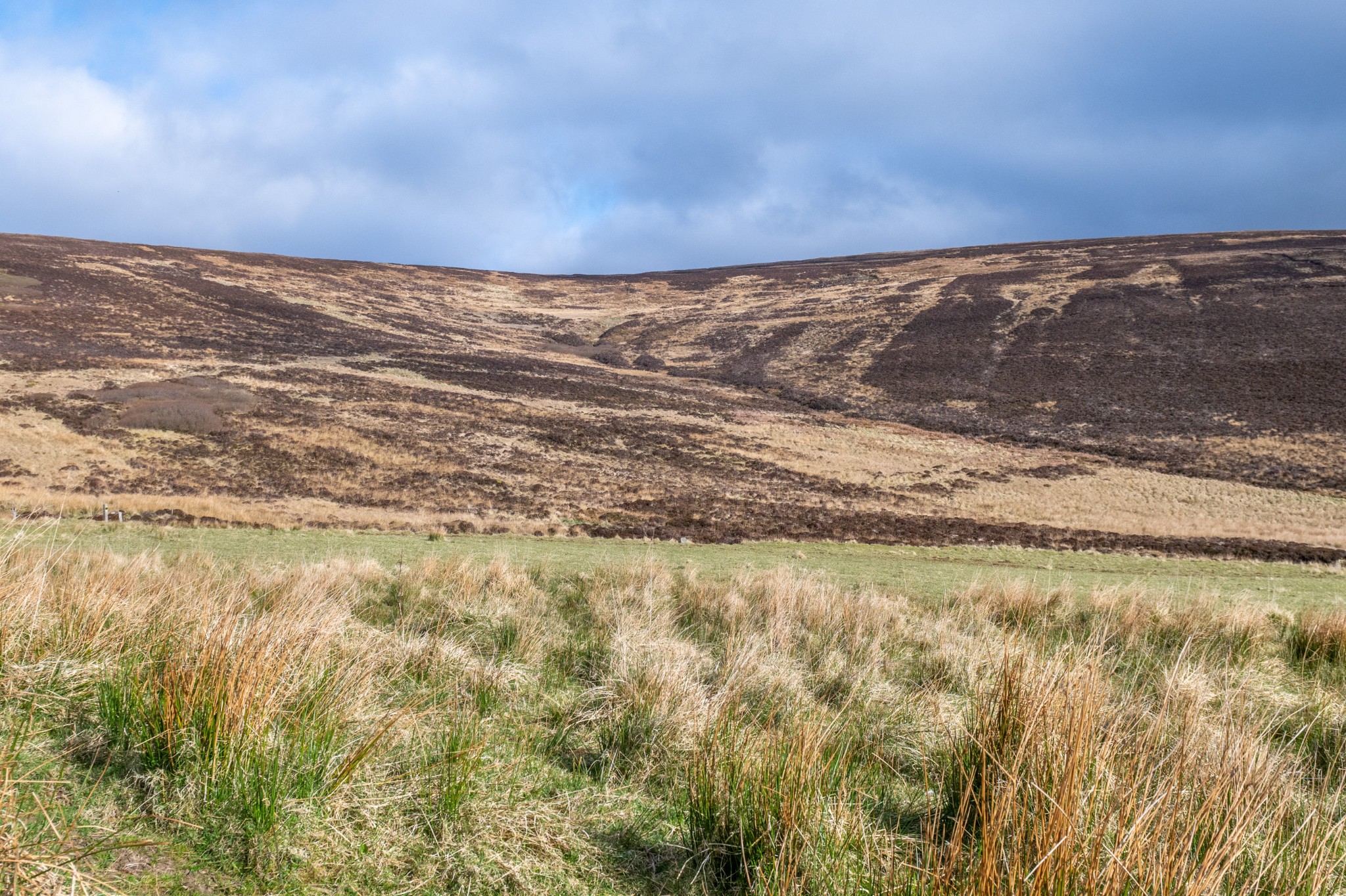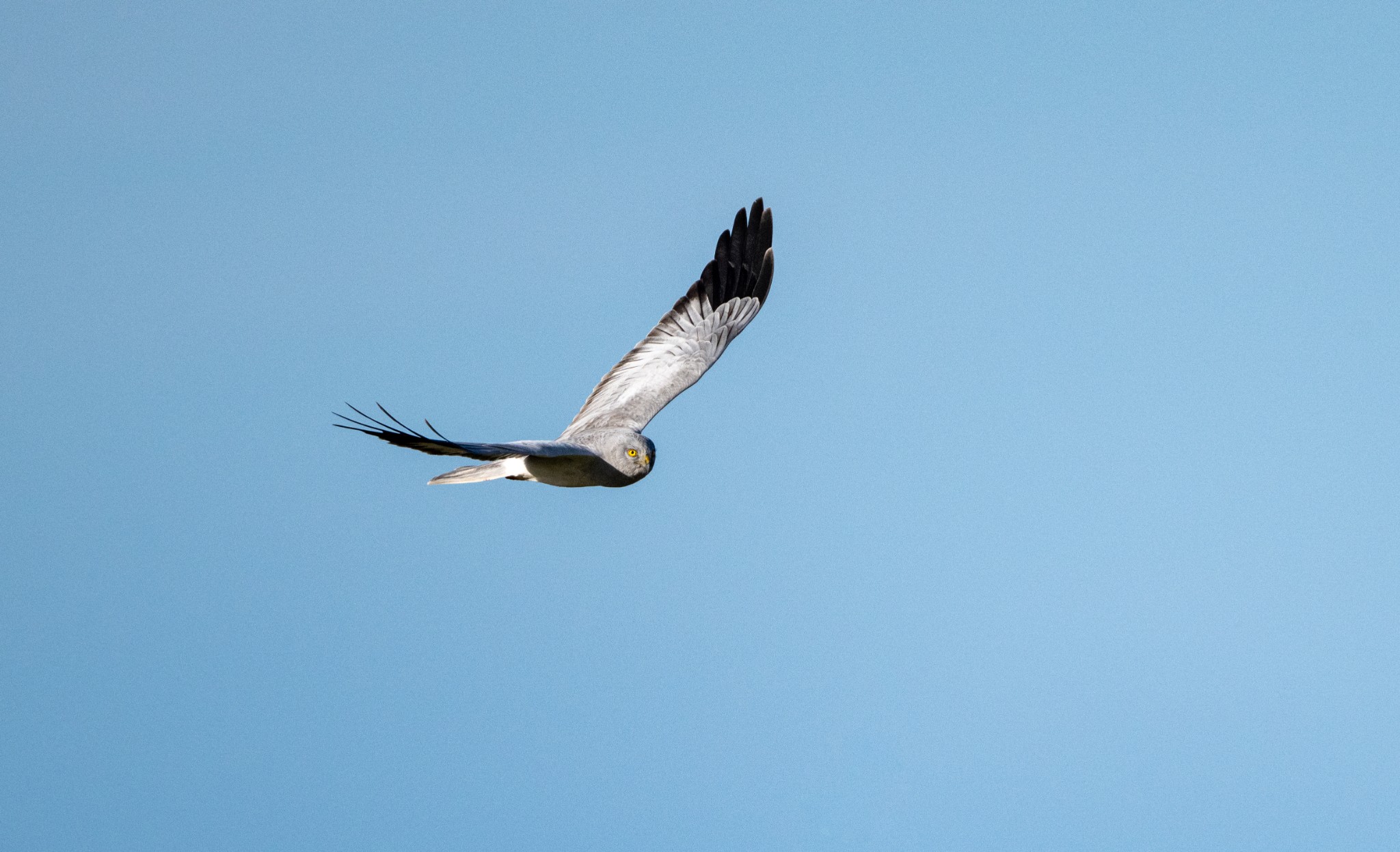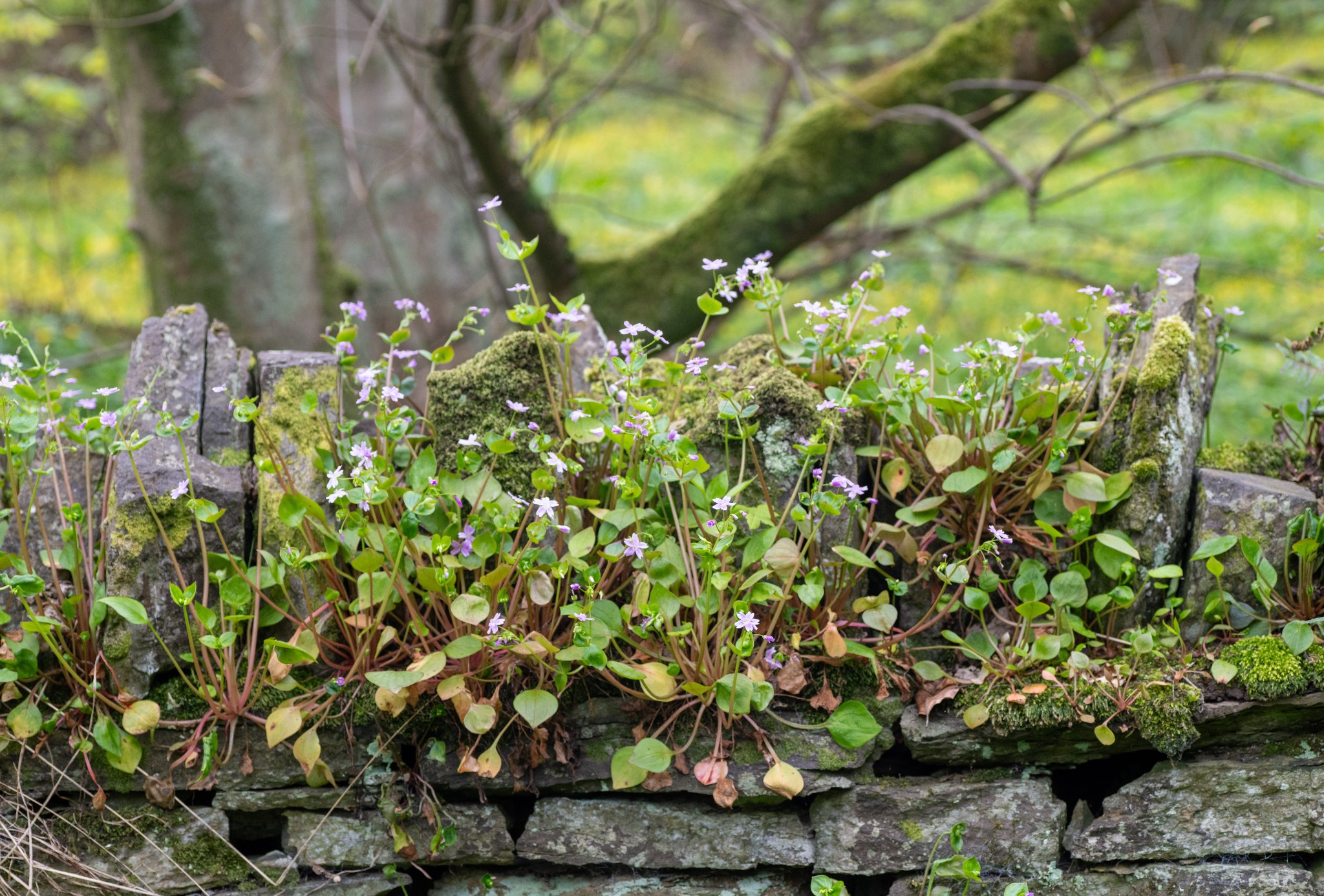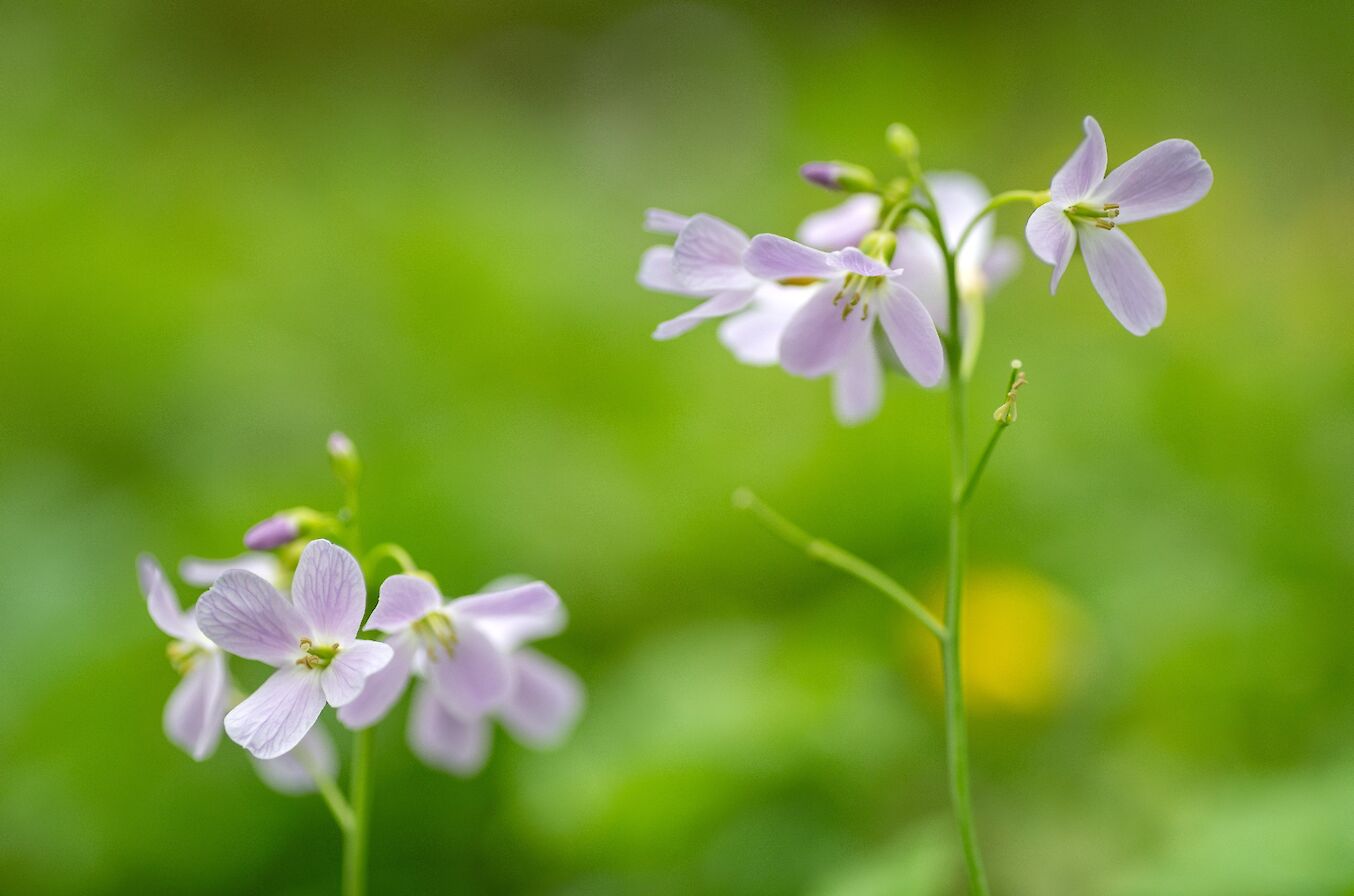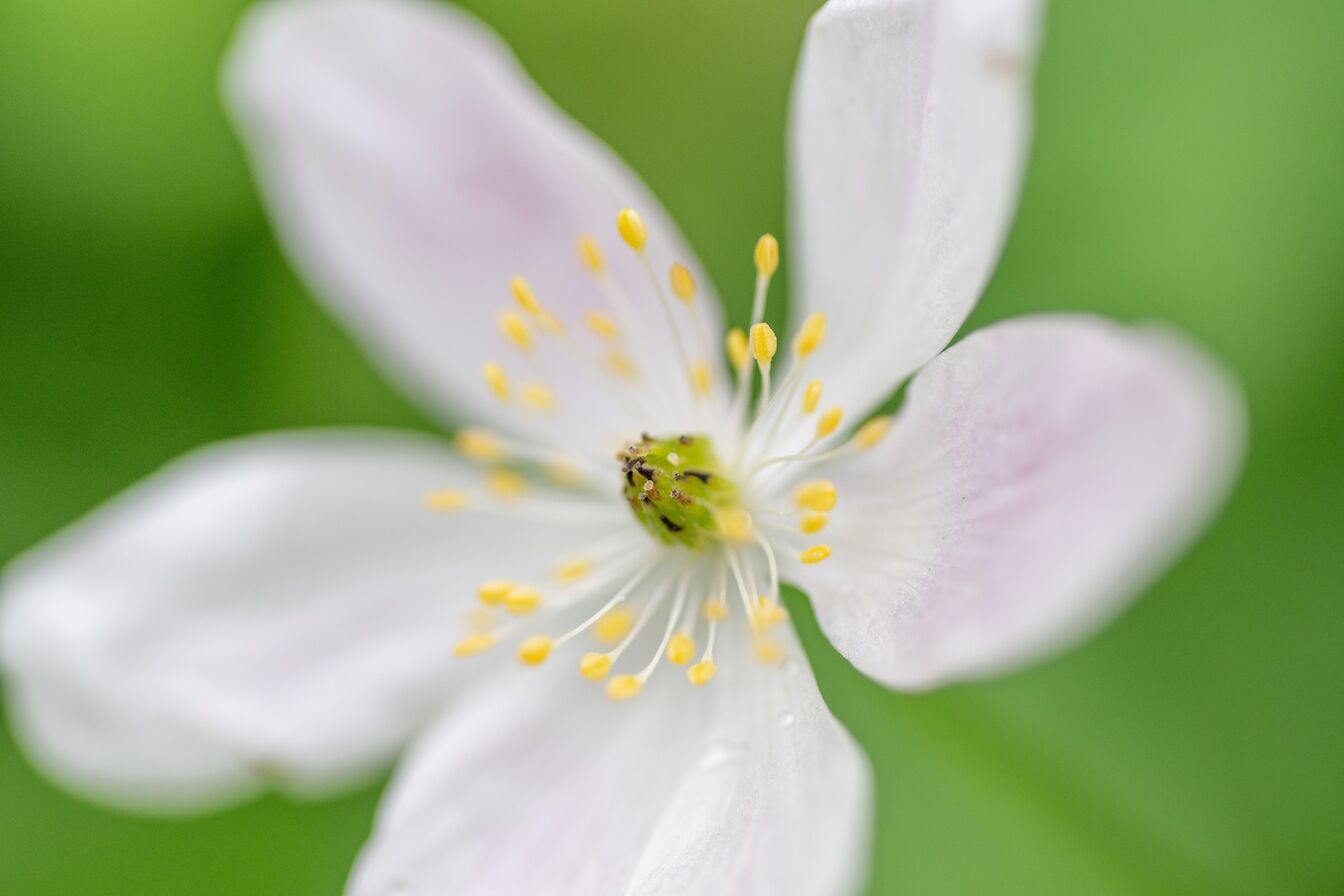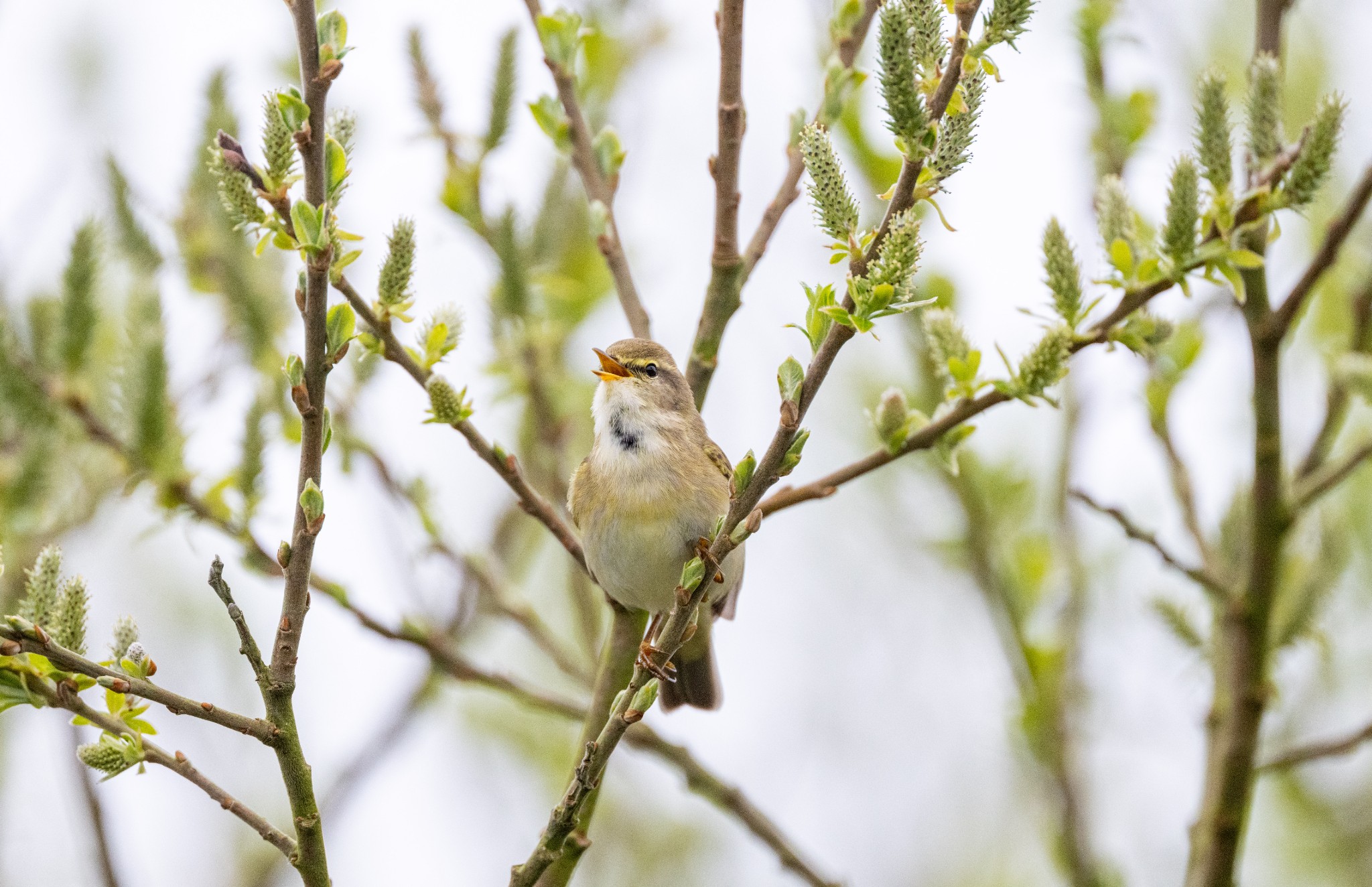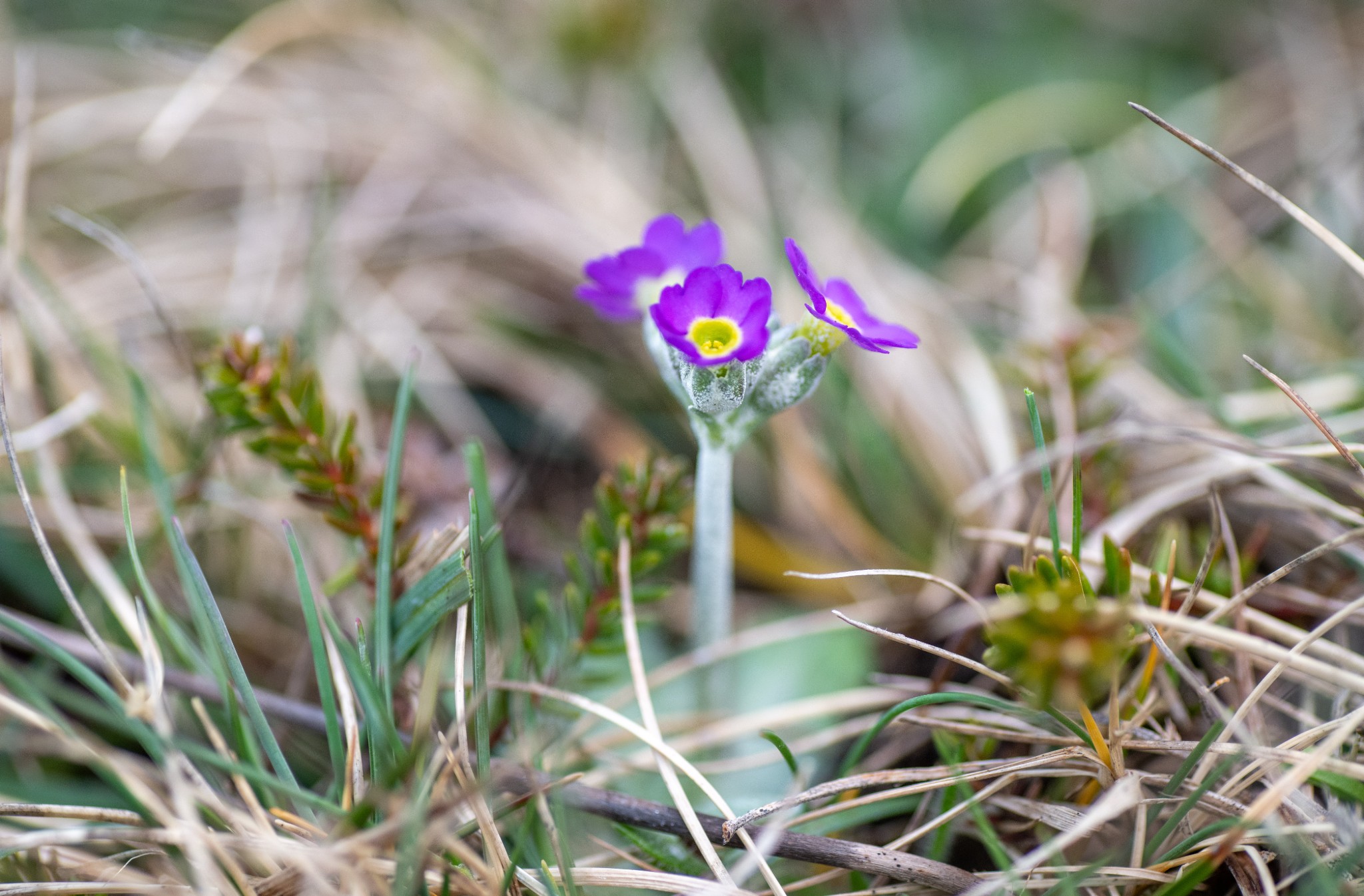We all have our favourite signs of spring. We long for a hint of warmth and an end to the storms of winter.
Late March and most of April have been surprisingly settled and so I’ve seen some bird behaviour a little earlier than usual whilst some flowers we associate with a little bit later in the summer have already flowered, though not on great profusion. It feels like there has been an early gentle introduction to spring this year, and also a dry one.
My own favourite sign of spring is the song of the skylark. It almost becomes a backdrop to the sounds of the other birds that accompany it. I sat for a while recently at Whitemill in Sanday almost underneath a skylark as it fluttered high above me. This is a superb area for birds of all kinds - wildfowl, hunting birds of prey, and all the species of waders you might expect to find on farmland that isn’t so heavily managed. Teal and shoveler dabbled in the pond in front of me, snipe probed in the soft loch-side mud, whilst the courtship calls of curlew and lapwing completed the aerial orchestra.
With my eyes closed I could feel the faint warmth of the sun on my face, and only the distinctive call of a sandwich tern broke the spell and with it one of the first summer migrants to make it back to Orkney.
There are encounters and displays during April that make it one of my favourite months in Orkney’s natural calendar. Hundreds if not thousands of long-tailed ducks have gathered on freshwater lochs next to the sea in preparation for their migration north in early to mid-May. I’ll miss their yodelling calls but it’s not long before they’re back in the autumn.
A truly thrilling sight can be seen in our heather moorland hills, the dramatic ‘skydancing’ display of the hen harrier. One of the best places to see it is the RSPB reserve at Cottascarth in Rendall on the Orkney Mainland. The fantastic large hide here is named after the Orcadian naturalist Eddie Balfour who studied these wonderful raptors, the valley, and hillside flowing out in front of you. Cottascarth was Eddie’s main study area and it’s a lovely place to spend a morning, clouds racing past the skyline as you scan the ridge for the characteristic shape of a hen harrier floating past.
Eddie is my ornithological hero - there are few Orcadians that have contributed so much to our knowledge of the natural world and he was respected on a global stage too. At least one pair nest on the hillside and as I wait patiently, I see not the grey coloured male start to display, but rather an interaction between what looks like two female birds, shadowing and chasing each other, dramatically twisting upside down whilst flying close to each other. This isn’t all that it seems though as there is a marked difference in their size. One bird is a female but the other, smaller, hen harrier is a young male bird, still in the brown plumage of his youth.
I have to sit and wait awhile before I see skydancing proper. More accurately I hear it before I see it, and once again it is a female bird doing the dancing. She chatters or ‘yikkers’ as she falls through the sky, plummeting towards the ground before bouncing back into the heights in a rather laconic manner. She stalls and twits back on herself, repeating the dive ten or so times. With her brown plumage the same colour as the heather I lose her each time she dives below the skyline. The light-coloured male is much easier to follow when he skydances.
Good weather, and by this, I mean breezy sunny days, are made for skydancing and as she rises once more a male bird who must have been watching her from a potential nesting territory joins her in the sky. My joy is unbridled, it’s a true thrill to watch this beautiful raptor at this time of year knowing that shortly she will go down on eggs and hen harriers will be a little harder to see as May progresses. I return a week later to see the male bird busily pulling sprigs of heather from the ground, helping to build a somewhat sparse nest for likely five eggs which is the commonest size of clutch. His nest building isn’t random though, he transports smaller items, mostly long grass, back to the nest in his beak whist longer heather is carried in his talons.
My next destination isn’t very far away but completely different to the open hillside at Cottascarth. The next spring sight to enjoy is amongst the trees of Binscarth where carpets of flowers are spread out on the woodland floor. This isn’t what we might consider a natural woodland but rather one of many plantation woodlands that were planted in the late 19th century around the large estate houses and is dominated by beech and sycamore. These days newer projects see us plant native species such as rowan, aspen and downy birch but Binscarth is well worth a visit. In fact, it feels so different that it’s almost a relief to be in a new environment. It’s quiet, though a singing robin is doing its best to change that. The air is cool and the air strong with the smell of flowering currant.
As you might expect, with a woodland of this nature much of the flora isn’t native either. I’m struck by the profusion of pink purslane which likes the shade and can be found in Orkney wherever there is an appropriately shady area, even areas under gorse bushes will do. This is actually a North American species and does well all over the UK. The flowers have five beautiful pale pink notched petals with deeper pink veins running through them. Not only are they on the woodland floor but established in the dry-stone dykes too.
Another pretty introduction is here too, wood anemone. It has large white petals with a subtle pink blush but I’m a little too late to see it at its best, with most flowers having already started to fade.
The beauty in being here however is seeing the flowers in such profusion. Opposite-leaved golden-saxifrage, also known as creeping jenny, carpets the banks of the burn whilst cuckoo flower appears from the damp areas.
I’m heading to a smaller wood nestled in the Stenness hills, Happy Valley, to see the welcome arrival of a summer migrant from Africa, the diminutive willow warbler. As soon as I open the car door, I can hear one singing. I watch it a while as it regularly changes its singing position, flitting between an overhead power line and a willow tree. There are three or four willow warblers here and they chase each other through the younger trees. It’s a marvel to think of the journey this little olive and yellow coloured bird has made and all the perils it has faced on its journey north through Africa and Europe.
Happy Valley is such an intriguing area. Besides the song of the willow warbler, I can hear song thrush, wren, goldfinch, and chaffinch singing from the tree tops. Beyond the wood lies fields of grazing sheep with a soundtrack of bubbling curlew. The heather-clad hills behind are home to hen harriers and as I think how nice it would be to see another one today, I hear a commotion to the north and see a group of common gulls has taken umbrage at a male hen harrier swooping low over the rough grassland.
I want to make one last stop and so head west to Yesnaby to see if Orkney’s most famous flower has appeared yet. In truth I already know that there are flowering Scottish primrose here having seen such a report on social media, and that these are really quite early in flowering. Most of what I find are just the fleshy rosettes but sure enough, a small cluster is in flower and some nearby just emerging. I’m guilty of misrepresenting this tiny beauty at times. It’s so diminutive that to make any kind of more abstract and less record-type photograph, I have to use a macro lens with extension rings in order to magnify it.
To my artistic eye it’s a challenge as the area it grows in has a bit of a messy background with dry grass shoots everywhere. Perhaps I should worry less and enjoy it more instead. This wonderful spring day is what makes Orkney so special. I haven’t travelled very far and yet I’ve seen rare species in varied habitat, from heather moorland and hills, to shady woodland, to maritime heath. It won’t be long until most birds are in full breeding mode and the landscape is lush from the growth of our varied flora.
I can’t wait.
Raymond is a wildlife filmmaker who also offers bespoke Orkney wildlife tours and one-to-one wildlife photography tuition. Find out more via his official website. You can also find him on Facebook, Twitter and Instagram.
